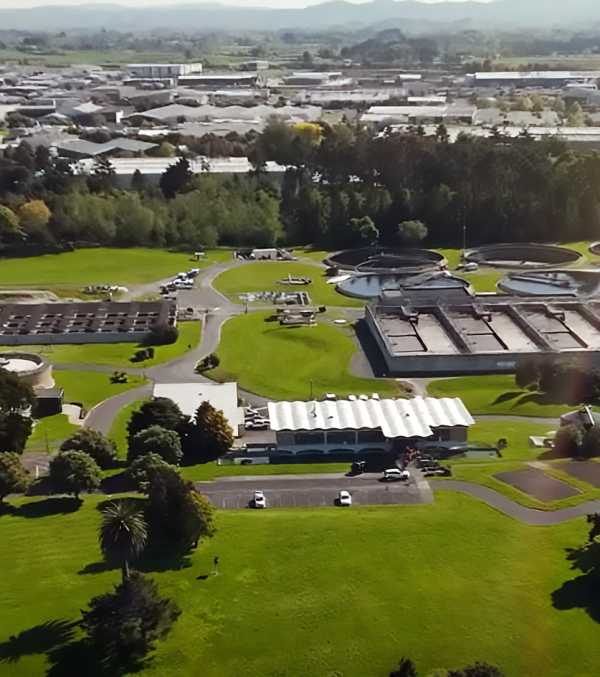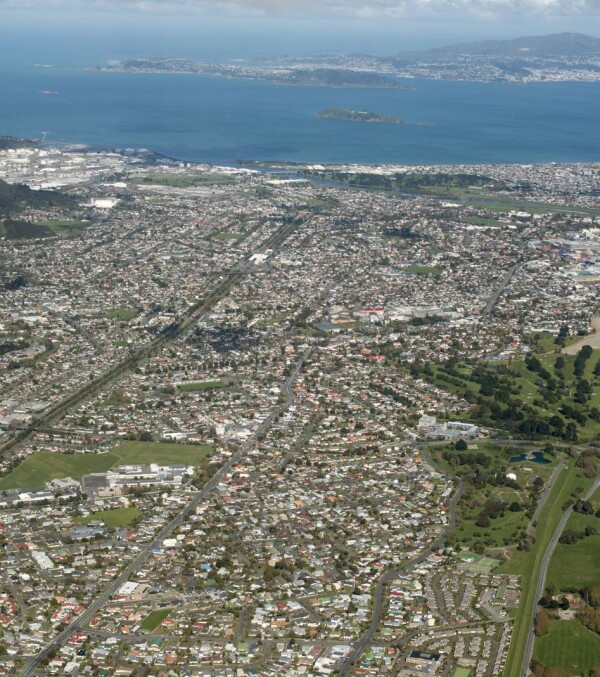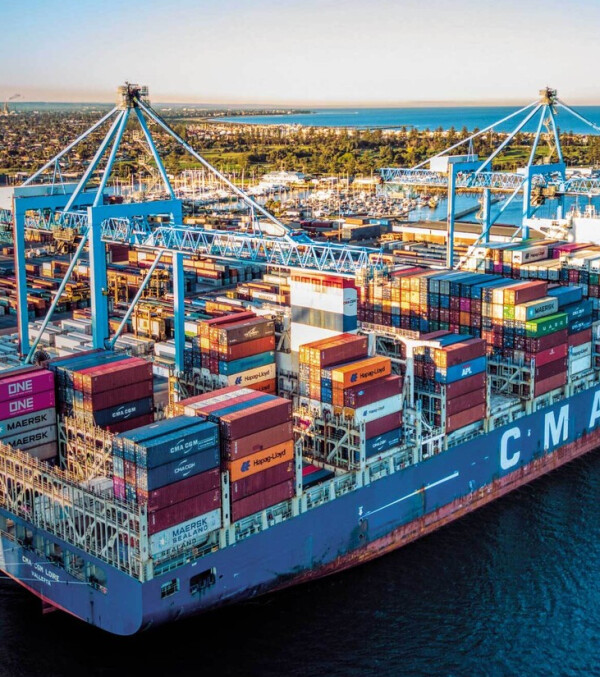|
Customer: NZ Transport Agency Waka Kotahi Contract: Design & Construct Location: Coromandel, North Island, New Zealand |
Fast Facts
|
McConnell Dowell with joint venture partner Fulton Hogan and designers Beca and Tonkin + Taylor completed the new Taparahi bridge and reopened State Highway 25A in record time.
The scope of work involved stabilising the slip and constructing a 124m long by 15m high bridge across the major slip.
NZ Transport Agency Waka Kotahi (NZTA), our joint venture team and the designers were committed to a process that was innovative and pragmatic, rapid and accurate. The three-span steel/composite bridge reconnecting Coromandel communities was completed in just seven months - under budget, with no lost time injury. It’s the quickest design/build bridge of its size delivered in New Zealand.
A project of this scale usually takes up to two years, particularly given the challenging wilderness location, variable geotechnical conditions and limited local contractor capacity.
Our team worked closely with client NZTA and designer Beca and Tonkin + Taylor, to plan an accelerated programme of nine months (with the additional benefit of emergency work provisions). Incredibly our team worked 117,086 hours and beat this very tight timeframe by three months finishing the rebuild in time for Christmas - 10 months after the slip occurred and the closure of the State Highway.
The scope of work included stabilising the slip and constructing a 124m long by 15m high bridge across the major slip.
The challenge
The team had multiple challenges to manage during the construction of the bridge. It was a high-profile project with interest from a broad range of stakeholders - including residents, businesses, truckers, tourists, and holiday home owners - all eagerly awaiting the reopening of the road.
Some of the delivery issues identified were:
- Extremely tight timeframe for delivery,
- Variable geotechnical conditions,
- Winter weather conditions - July is the wettest month of this period with an average of 94mm of rainfall – just when construction started,
- A track to the site needed to be cleared before work could start,
- The remote location doesn’t have services such as water or power.
- Building at the same time as designing
- The available working area was tight once large plant, equipment and material where on site as multiple activities were running simultaneously.
The solution
Our accelerated approach to delivering the design and construction of SH25A was the key to delivering the bridge and restoring access within a short timeframe.
This approach included:
- Assembling a seasoned project team with redundancy for all personnel and plant,
- Capitalising on the team’s extensive experience,
- A three-span composite bridge with pre-cast concrete bridge deck sections, a concrete sub-structure, and a steel superstructure,
- Using a “simple” existing bridge design and could be adapted to the site, readily available materials, was simple and quick to build,
- Accelerating procurement and construction ahead of design completion,
- Design and construction happening simultaneously,
- Extensive offsite prefabrication of steel (Eastbridge Ltd- JV’s subcontractor) and precast concrete bridge components (Fulton Hogan precast),
- Making full benefit of existing supply chain relationships,
- At the heart of the process was a one-team culture and an ambitious goal to get the communities reconnected as quickly as possible.
The Key to Success
Our team has a proven track record of delivering time-critical projects including America’s Cup Project (AC36), Auckland’s Downtown Infrastructure Development Programme (DIDP), and upgrading SH6 and SH20B.
To deliver the SH25A Taparahi Slip Remediation Project, NZTA agreed to a cost reimbursement contract. This allowed our team to focus on the resourcing required to accelerate the remediation. The team also had the benefit of emergency provisions in the RMA (allowing consenting to be completed after the work was complete), to reduce both the timeframe and operational risk.
The key to the project was a work culture that prioritised collaboration and built a “one-team” mentality to generate ideas that boost productivity.
Building a united, high-performing team requires a thoughtful approach. We fostered a collective sense of ownership, and empowered team members to be creative, so challenging the status quo was supported. The team held daily check-ins where ideas and issues were discussed. At these meetings, we facilitated open communication and teamwork.
We also created a positive team culture to avoid the ‘it's not my job’ attitudes that can develop. Each member was motivated and supported to do their job and encouraged to help with whatever else was required. This meant always watching out for each other, around moving plant, watching for signs of fatigue, impaired concentration or reduced coordination.
A relaxed social environment for off-shift staff also provided a comfortable space for camaraderie, and connections to develop and helped improve overall team well-being.
Our subcontractors and suppliers were also key to the project. They came to share our sense of urgency and priority - a ‘pull-out all stops’ culture – without allowing this pressure to legitimise risk-taking.
More than 20 local suppliers and sub-contractors were working up to seven days a week, and night shifts and being local meant they were very motivated.
All incidents were discussed at prestart and learnings and shared with the entire team, regardless of whether they were involved or not .
The success of this project became the subject of a case study commissioned by Infrastructure New Zealand, so learnings may be applied to future business-as-usual and emergency projects. The study estimated the accelerated re-opening lifted local tourism expenditure by $69.3m and local GDP by $85.9 million. https://infrastructure.org.nz/wp-content/uploads/2024/02/Infrastructure-NZ-SH25A-Taparahi-Bridge-Case-Study-DIGITAL.pdf
Award-winning project and team
The project team's achievements have been recognised by the engineering industry in New Zealand and internationally.
Won:
- The Apopo Excellence Award for Innovation in May 2024.
- The 'Bridge Project Team of the Year' Award at the New Civil Engineering Awards & Conference held in London in July 2024. Against billion-dollar projects and tough global competition, the award recognised the project team as one of the best in bridge engineering. (2024)
- Two awards at the Waikato CCNZ Awards - Category 4 'Projects with a value between $20-100M' and the 'Supreme Award'.(2024)
- National CCNZ Awards - Category 4 'Projects with a value between $20-100M' (2024)
Finalist for:
- Excellence in Steel Awards - The project received special recognition from the judges (2024)
- Building Nations - Excellence in Innovation Award (2024)
- The Safeguard Award's Excellence in Collaboration category (2024)
- The ACE Innovate Awards (2024)
Project Videos












